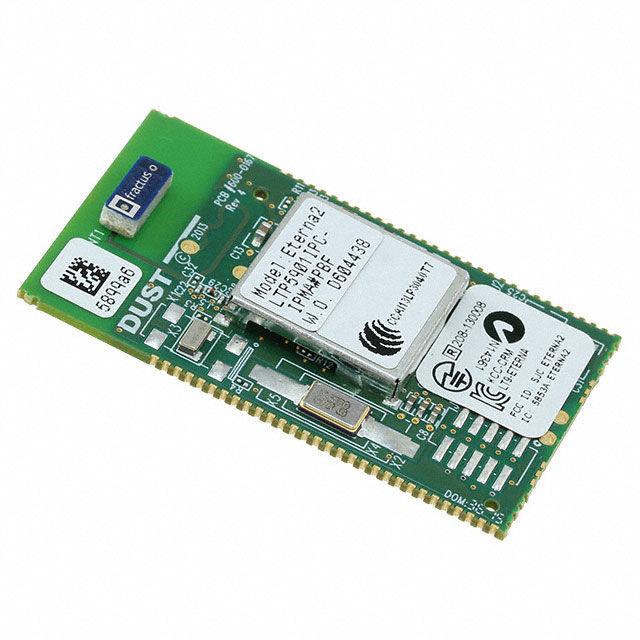What Sets Impact Sockets Apart in Professional Fastening Tasks?
- joddiemarshall6
- Oct 22
- 4 min read
Impact sockets are vital tools for professionals who deal with high-powered fastening jobs. Whether working in automotive repair, electronics manufacturing, heavy equipment servicing, or industrial assembly, these sockets are specifically designed to withstand the torque and vibration generated by powered impact tools. Their role in enhancing productivity, safety, and tool longevity cannot be overstated.
This article explores the design, function, and importance of impact sockets while highlighting their practical value across multiple applications.
What Are Impact Sockets Used For?
Impact sockets are tools designed to be used with impact wrenches or drivers, power tools that deliver rapid bursts of high torque to fasten or loosen nuts, bolts, and other fasteners. These sockets are not intended for hand tools but are meant to absorb repeated stress without failing.
Applications that require repetitive tightening or removal of fasteners, especially in time-sensitive or high-vibration environments, benefit greatly from the use of impact sockets. Their construction allows them to handle extreme pressure safely, making them suitable for both field and workshop use.
What Makes Impact Sockets Structurally Strong?
Impact sockets differ significantly from regular sockets in terms of material and design. Here are the characteristics that give them superior strength:
High-Strength Steel Alloys: Usually made from chrome molybdenum, which offers greater ductility under stress.
Thicker Walls: Distribute impact energy more evenly and prevent structural failure.
Matte Coating: Black oxide or phosphate finishes resist corrosion and wear.
Optimized Shape: Provide a better fit on fasteners to avoid slippage or rounding.
Tool Compatibility: Designed with features like grooves or holes for secure attachment to impact tools.
These properties make them ideal for operations involving contactors, mechanical fasteners, thermal housings, and other high-load connections.
How Do Impact Sockets Improve Workflow Efficiency?
In professional environments, time is critical. Impact sockets are designed to speed up tool operations while reducing downtime caused by tool wear or fastener stripping.
Faster Fastening: High torque delivery completes tasks quicker than manual tightening.
Less Breakage: Absorbs tool shock without cracking, unlike standard sockets.
Enhanced Grip: Reduces the likelihood of tool slippage, saving time on adjustments.
Versatile Sizes: Available in various depths and diameters to suit every job.
Supports Continuous Use: Built for repetitive tasks common in assembly lines and field servicing.
They are especially useful in roles involving sensors, control panels, switches, and equipment frameworks that require consistent precision.
What Types of Impact Sockets Are Available?
Professionals can choose from a range of impact socket types to meet specific task requirements:
Standard Impact Sockets: Best for general-purpose jobs with easily accessible fasteners.
Deep Impact Sockets: Ideal for long bolts or applications where the fastener is set deeper into equipment.
Flex-Head or Swivel Sockets: Provide angular flexibility in tight or awkward spaces.
Thin-Wall Impact Sockets: Useful in compact environments where clearance is limited.
Torque-Limited Sockets: Designed to prevent overtightening by breaking away at preset torque thresholds.
These variants are essential in sectors involving electronics, automation tools, mechanical actuators, and industrial systems.
Why Are Impact Sockets Crucial in Technical Maintenance?
Maintenance professionals often work under pressure to resolve mechanical or electronic issues quickly. Using the right tools directly affects both the safety of the repair and the lifespan of the equipment. Impact sockets help by:
Preventing Fastener Damage: Fit securely to minimize stripping or deforming bolts.
Reducing Tool Stress: Absorb impact to protect the internal components of powered drivers.
Ensuring Consistent Performance: Deliver predictable results across various materials and fastener types.
Improving Access: Deep and flex options allow access to difficult or hidden fasteners.
In environments such as electronic assemblies, server enclosures, or machinery panels, precision and control are just as important as power.
How to Select the Right Impact Socket?
Choosing the appropriate impact socket for your task involves more than just picking the right size. Consider the following:
Drive Size: Ensure compatibility with your impact wrench or driver.
Point Configuration: Use 6-point for heavy-duty torque or 12-point for quick alignment.
Depth Requirements: Deep sockets for recessed bolts, shallow for surface jobs.
Socket Size: Use metric or imperial sizes depending on system standards.
Finish and Coating: Select corrosion-resistant sockets for harsh environments.
Proper selection ensures safety when working with critical components like capacitors, thermal elements, or microcontroller mounting systems.
What Safety Practices Should Be Followed?
Even the most durable tools must be used correctly. Here are safety guidelines to follow when using impact sockets:
Never use impact sockets with hand ratchets or vice versa.
Regularly inspect sockets for cracks, dents, or corrosion.
Ensure sockets are securely locked onto the tool before operation.
Do not exceed the torque rating of the socket.
Store sockets in a clean, dry place to avoid degradation.
These precautions are especially important in environments with electronic devices, oils, thermal exposure, and moving parts.
How Do Impact Sockets Fit Into Modern Industry?
Today’s industries demand tools that can keep up with increasing speed, precision, and safety requirements. Impact sockets are tailored for these expectations. From assembling laptops and microprocessor units to maintaining motors and industrial controllers, these sockets adapt to every need.
Their value lies in their ability to perform repeatedly under stress while protecting tools and fasteners. As technology evolves, so does the need for reliable hardware, and impact sockets deliver exactly that.
Conclusion
Impact sockets are engineered for professionals who require performance under pressure. They provide superior torque handling, minimize tool damage, and improve operational safety. Whether working with complex electronic systems or assembling large machinery, the right impact socket can make the difference between efficient performance and costly downtime.
Their application across sectors highlights their importance in modern engineering, servicing, and assembly workflows. Investing in a quality set of impact sockets is a step toward reliable, fast, and safe tool usage in any industrial or mechanical environment.



Comments